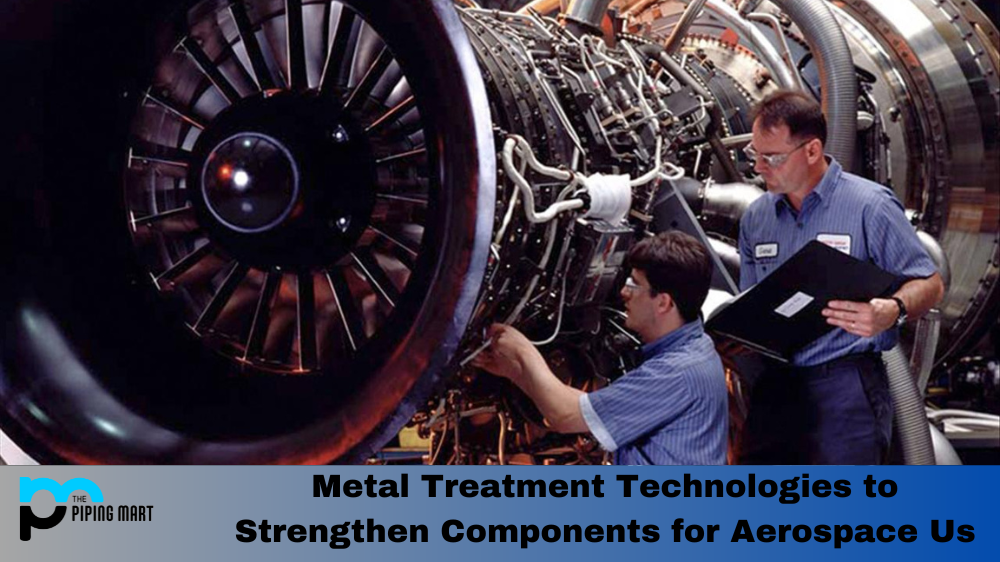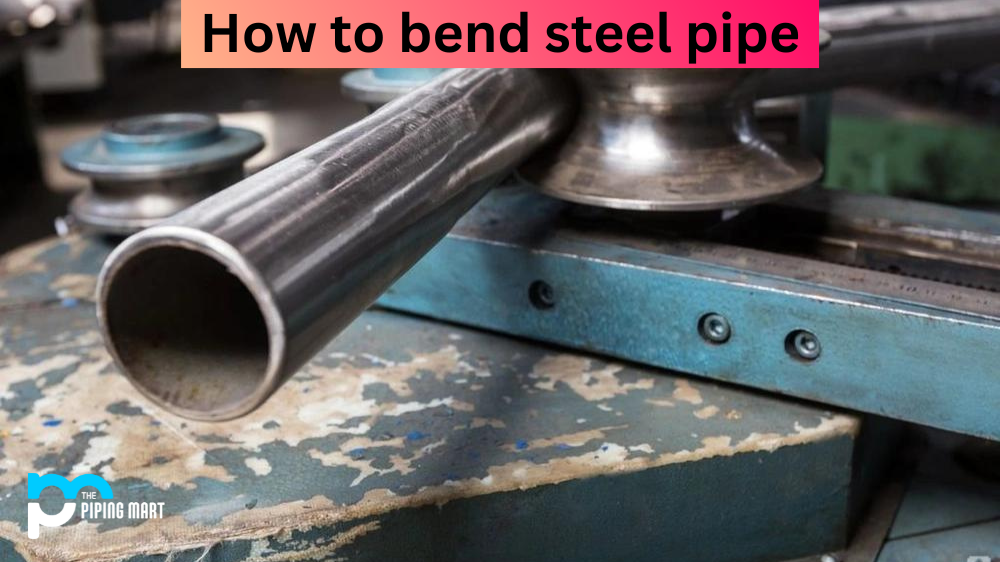Metal treatments are a crucial part of aerospace components, as they are used to strengthen and extend the life of metal components. Metal treatments use processes such as heat treatment, surface hardening, carburizing and more to enhance the properties of metals. This blog post will discuss metal treatments in greater detail, exploring how they work and how they are used in aerospace applications.
Heat Treatment for Aerospace Industry
Heat treating is a process that uses heat to alter the physical or chemical properties of metal components without changing their shape. Heat treatment is commonly used to strengthen metal parts by improving their toughness, wear resistance, strength, hardness, or ductility. Heat treatment can also be used to relieve stress and improve machinability. In aerospace applications, heat treating is important in creating components that can withstand high-pressure levels and extreme temperatures.
Surface Hardening for Aerospace Industry
Surface hardening is a process in which only the surface of a metal component is hardened while leaving the core softer and more malleable. This type of treatment is often used on gears and other components that are subject to wear and abrasion due to friction between two moving surfaces. By hardening just the surface layer, these parts remain durable while still having some flexibility at their cores. Surface hardening can also be used on engine parts where reduced friction improves efficiency and performance.
Carburizing for Aerospace Industry
Carburizing is a process in which carbon is introduced into the surface layer of metal components via a chemical reaction with an external source such as gas, liquid carbon dioxide, or carbon monoxide (CO). The addition of carbon changes the material’s microstructure, resulting in increased hardness, making it more resistant to wear and tear from frictional forces. Carburizing can also be used on mechanical components such as valves to increase their strength and durability in high-pressure environments. Additionally, carburizing can be combined with other treatments, such as nitriding or quenching, for even greater strength gains.
Conclusion:
Metal treatments are essential in creating strong aerospace components that can withstand intense conditions without compromising performance or safety. Heat treatment, surface hardening, and carburizing are just three examples of how metal treatments can help create stronger parts for aircraft and other aerospace applications – enabling them to operate at optimal levels while maintaining their structural integrity over time. As technology continues to evolve, we’ll likely see even more advancements in this area – unlocking even greater strengths from metals than ever before!

Pipingmart is a B2B portal that specializes in metal, industrial and piping items. Additionally, we share the latest information and information about materials, products and various types of grades to assist businesses that are involved in this business.




